The fourth morning I spent in Alberta’s Canadian Badlands, I found myself inside my third Tim Horton’s, grabbing a maple donut and a coffee. Even I was surprised at how fast I had taken to my daily Tim Horton’s stop. Canada, in all of its politeness and maple goodness has a way of swiftly pulling you into its orbit.
Already, this trip had become a journey for me that refreshed my sense of why I travel, something that has been slipping away for me — that understanding of my own personal “why.” And it started, it seemed, in Tim Horton’s.
What first struck me was the number of total strangers who said “good morning!” to me (six), and the number of people who held the door open for each other as they came and went from the donut shop (countless). It was like a daisy chain of politeness, each person handing the open door responsibility to the next. Really, it’s a wonder any doors get closed at all.
And those were just strangers. As my trip progressed, I met more and more people who proved to me that human connection and authenticity are what makes a place special. But I didn’t come into this trip expecting this from the Canadian Badlands. Really, I didn’t know what to expect at all.
I was road tripping through this region in Southwestern Alberta at the invitation of the folks at the Canadian Board of Tourism. Before going into this assignment, I was a little unclear on what, or who, was there.
From what I could tell, it was a swath of agriculture and fossilized Mesozoic history. Beyond that, though, why was it called the Badlands?
What was there to see?
Were there people?
I had images of myself wandering through rough terrain, a guitar slung across my back, ready to sing soulful songs about solitary life on the dusty plains.
But what I found was so much different than I imagined. This trip quickly became more than an exploration of an offbeat destination. It touched my heart in unexpected ways.
When you travel the world, it’s an easy tendency to escalate each trip into a more challenging, more far-flung excursion than the last. But my time in the Canadian Badlands was a trip of simplicity.
It was about shutting out the blare and negativity of the virtual world and connecting to a place and its heritage on a person-to-person basis. It was so simple it was almost ridiculous.
Finding the Spirit of the Canadian Badlands
I first felt this spirit at the beginning of my trip in a little town called Hanna. A former railroad town, Hanna was once a big thing — a juncture and meeting point between Saskatoon and Calgary.
After the railways were removed, the town reinvented itself as a coal producer. Now that coal energy is giving way to clean energy, they find themselves once again in a state of forced reinvention. And it seems they are looking to create that future by focusing on their past.
Trish Sewell works with Hanna’s Chamber of Commerce, and she’s familiar with the challenge the town faces. “We’re trying to create relevancy,” she says to me as she looks across an assembled “main street.” We’re standing in a park with century-old buildings lining either side.
“Most of these buildings have been moved here, and it’s sort of a small representation of our history. We’ve taken them from different areas and said ‘let’s preserve ‘em.’” She laughs and gestures over to the general store, filled with canned and dried goods that were available for purchase sixty, seventy years ago.
“We want the museum to be a gathering place where people want to come together as a community and share and do things.”
The People of the Canadian Badlands
Surrounded by an old prairie school, a two-room hospital and several other buildings that look like ones Laura Ingalls Wilder surely frequented, I talk with John Kaster. The septuagenarian is Hanna’s former mayor and chiropractor. He remembers a time when the town was bigger, before people left to make their living in the cities.
“This is the 51st year for the Fall Fair, but only the third year here. It used to be at the arena, and it was kind of getting smaller and smaller and the arena was appearing to be bigger and bigger. It looked a little lonesome in there…”
We walk to the old train depot. There is a short stretch of tracks remaining out front for show, the rails fighting the overgrown grass for attention.
“There are gonna be games for kids. We’re trying to make the museum interactive so there’s more than one reason to come here.”
Preparations for the fair move around us, but I’m enjoying sitting and talking with John too much to pay much attention.
He tells me about his grandfather from Missouri who forged a check to buy land near Calgary, which he believed would be the “next Chicago.” He shares how his great-grandfather drove back and forth between the United States and Cochran, Alberta in a Studebaker, helping to pave the roads.
John recounts how one of his cousins was in the RAF, and wound up as King George’s stand-in for an official portrait painting while in England.
This opportunity to listen to someone else’s life story is a better souvenir than any t-shirt or mug. I love sharing these moments with strangers who begin to feel like friends as they build the town’s relevancy one family story at a time.
My week continues like this. I fall in love over and over again with the Canadian Badlands, its history, its people, and its landscape.
My second night, I attend an open mic in Duchess. Started by Rita Wildschut, a vibrant Dutch woman with a boundless artistic sense, it has become a popular event. Her property filled with maybe sixty people, all sitting around her pond. Locals drive from all around for the opportunity to get onstage and share a song.
“When we built this studio I said, you know what? Now we can really give back to the community and bring some culture. Our community is farmers; it’s oil people, or slaughterhouse people. So we don’t really have a community for culture. But to bring that now in here and – did you see how they enjoyed it?” Rita is so enthusiastic she delightfully interrupts herself when she speaks.
After the performers finish, I stay sitting and talking with the folks of the Badlands all night. It’s after midnight and I’m staying next door at Rita’s family’s B and B, but I don’t want to sleep. Between stories of Pinterest craft fails, bicycle mishaps, and how to properly cook French fries, we laugh all night.
The warm and generous spirit of the Canadian Badlands and the people here are so irresistible that I skip the activities I planned for the next day and stay all afternoon at the Red Roof Studio, hanging out with people I just met like we had known each other for years.
I’m fairly certain I asked the family to adopt me. I’m definitely certain I asked them to make French fries. Dearest Wildschuts, if you guys are reading this, the adoption offer still stands. Also, I’ll take more fries.
The Landscape and History of the Canadian Badlands
Though this part of Alberta is a treasure chest of human-interest stories, it’s also a toy box of unexpected beauty. On the sixth day I set out for Drumheller, which is about two hours northeast of Calgary.
As I drive east, miles and miles of flat wheat fields start to bunch up like rolls on a Shar Pei. Wet, marshy ground becomes more frequent. Cattails spring up, catching dandelion fluff like nature’s lint rollers. Then all at once the ground opens up, revealing millenniums of history.
Encountering the first actual “bad land” is a dramatic experience. A gouge of red and taupe earth, rain-worn and sandblasted, it appears along the drive with almost no warning. Spires of hoodoos, ravines and mesas emerge like an impromptu Grand Canyon.
In addition to the strange, otherworldly terrain, this 35,000 square mile region has the largest concentration of dinosaur bones in the world. As I pull into the town of Drumheller, I can’t help but be amused at how fully they embrace it. Dinosaur statues of multiple varieties tower over sidewalks and local businesses. It’s like driving through a benign Jurassic Park.
I pull over at least twelve times to take pictures with the prehistoric sculptures. How can I not? I pretend I’m in Tokyo with the kooky T. Rexes doing a gleeful Godzilla impression behind me. I pose for selfies with a Flintstones-like purple Brontosaurus, act unimpressed by two crazed-looking Velociraptors. I hear on-lookers giggling, but I’d like to think they were just as tickled as I was by my photo shoot.
What the Spirit of the Badlands Means to Me
Part of the fun of exploring the Canadian Badlands is having no agenda other than to see where the road takes you. I didn’t know what to expect or whom I’d meet, but I realized I’d always feel welcome. It’s not about getting from one highlight to the next, but rather stopping on impulse, talking to strangers and not looking at the clock.
Road tripping here is like living a real-life choose-your-own-adventure. And for this adventure I chose people. I chose touching 35 million-year-old exposed earth. I chose pulling over and visiting the world’s largest pinto bean.
There is a spirit in the Canadian Badlands that heals, that connects, that recognizes we need each other. After months spent tethered to a device filled with curated perfection and angry trolls that seek to divide us, the small towns and wide-open spaces do something not all trips can. It renewed my faith in authenticity and humanity.
That kind of travel is priceless. Connecting to humanity is my personal why, and I have the friendly, vast, whimsical Canadian Badlands to thank for helping me find it.
This trip was brought to you by the folks of the Canadian Badlands board of tourism, but all words, thoughts and opinions are my own.

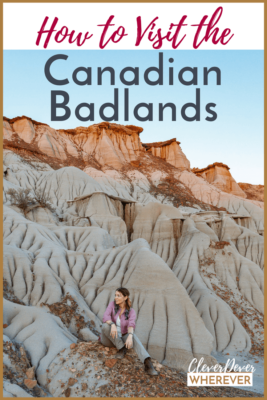
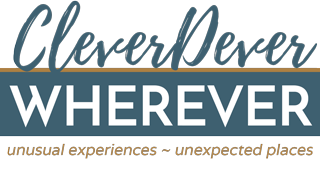
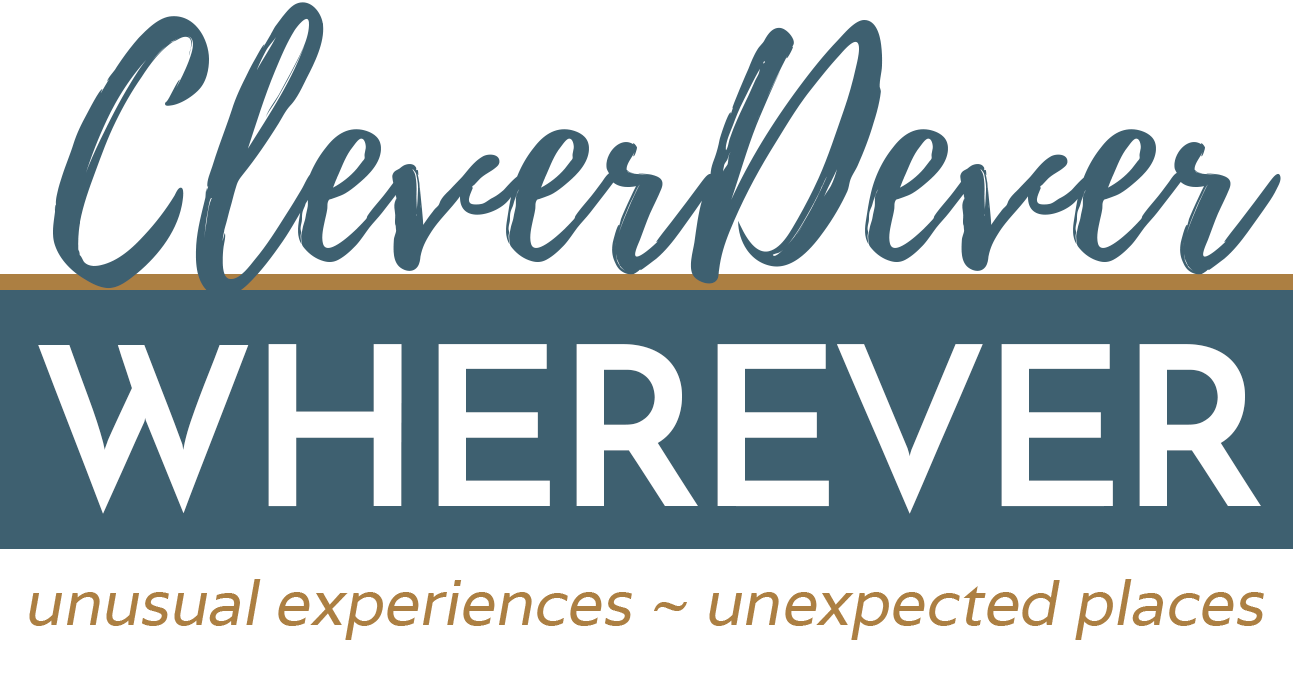
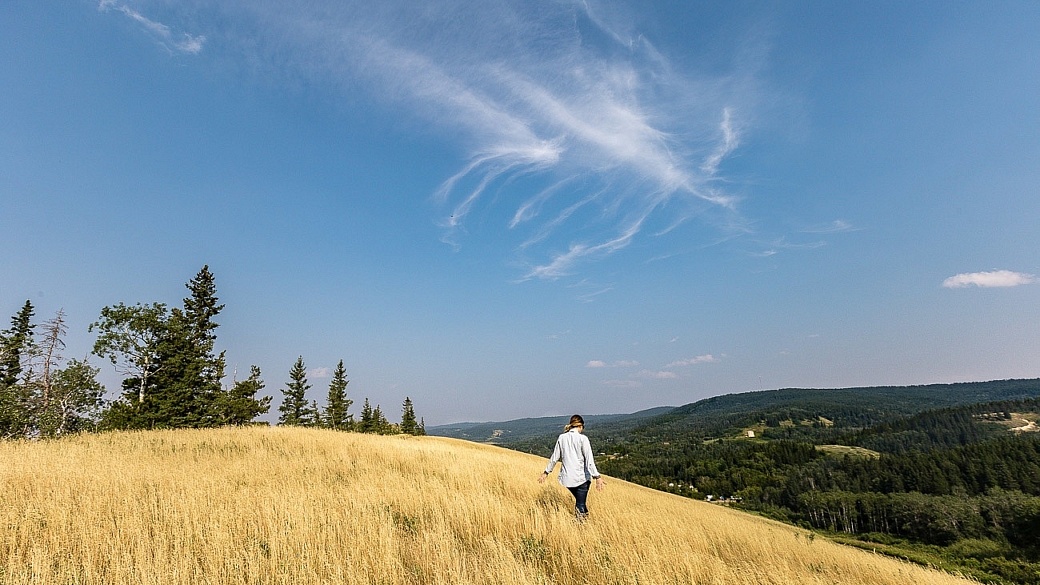
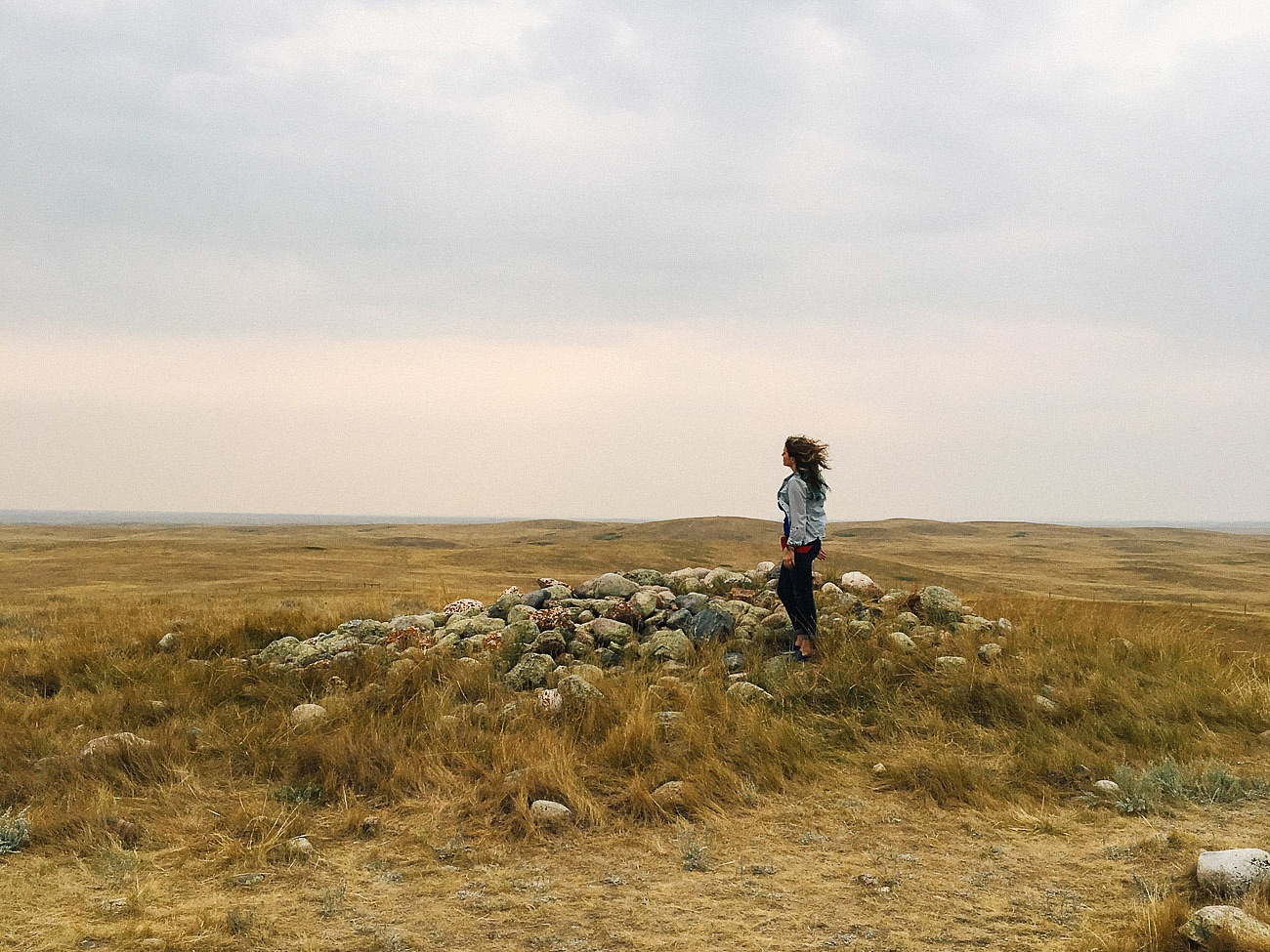
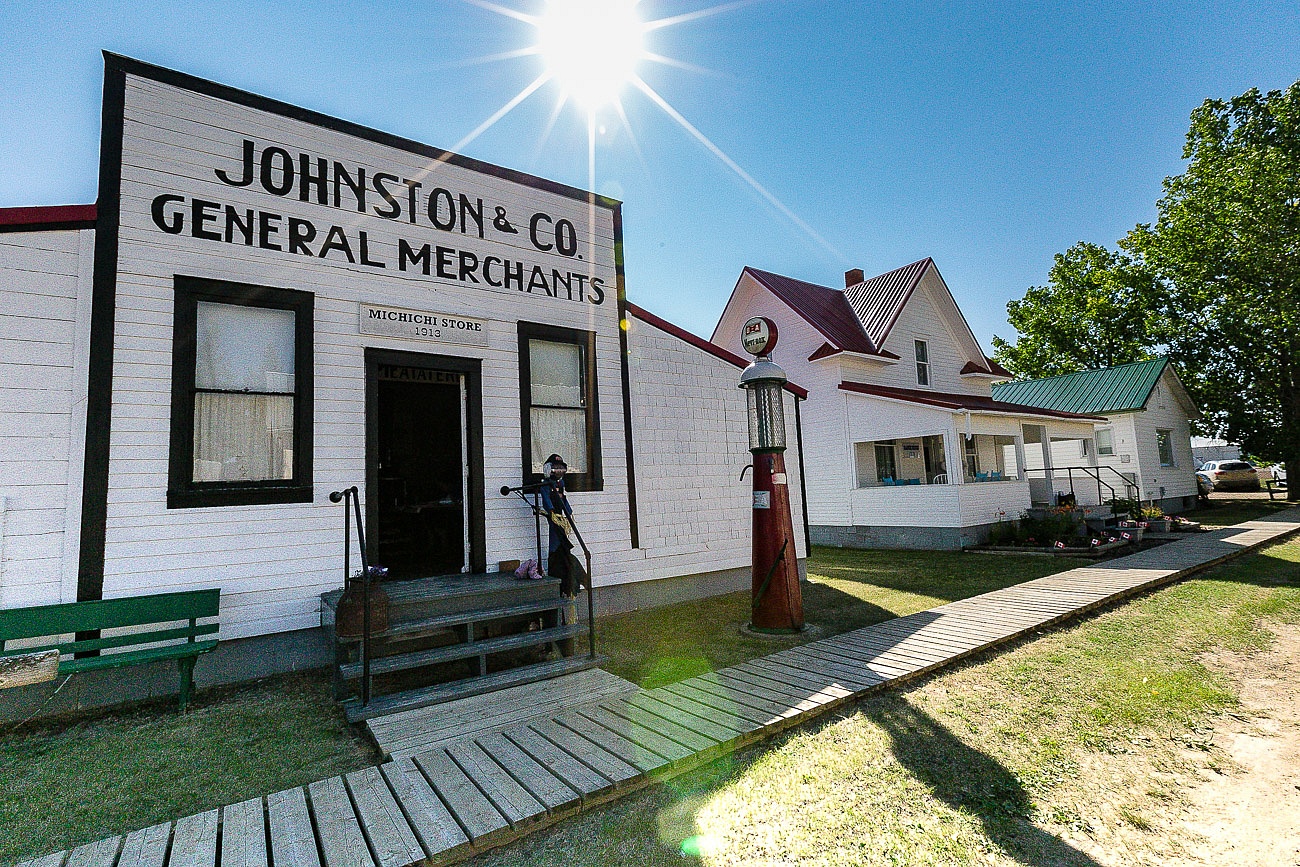
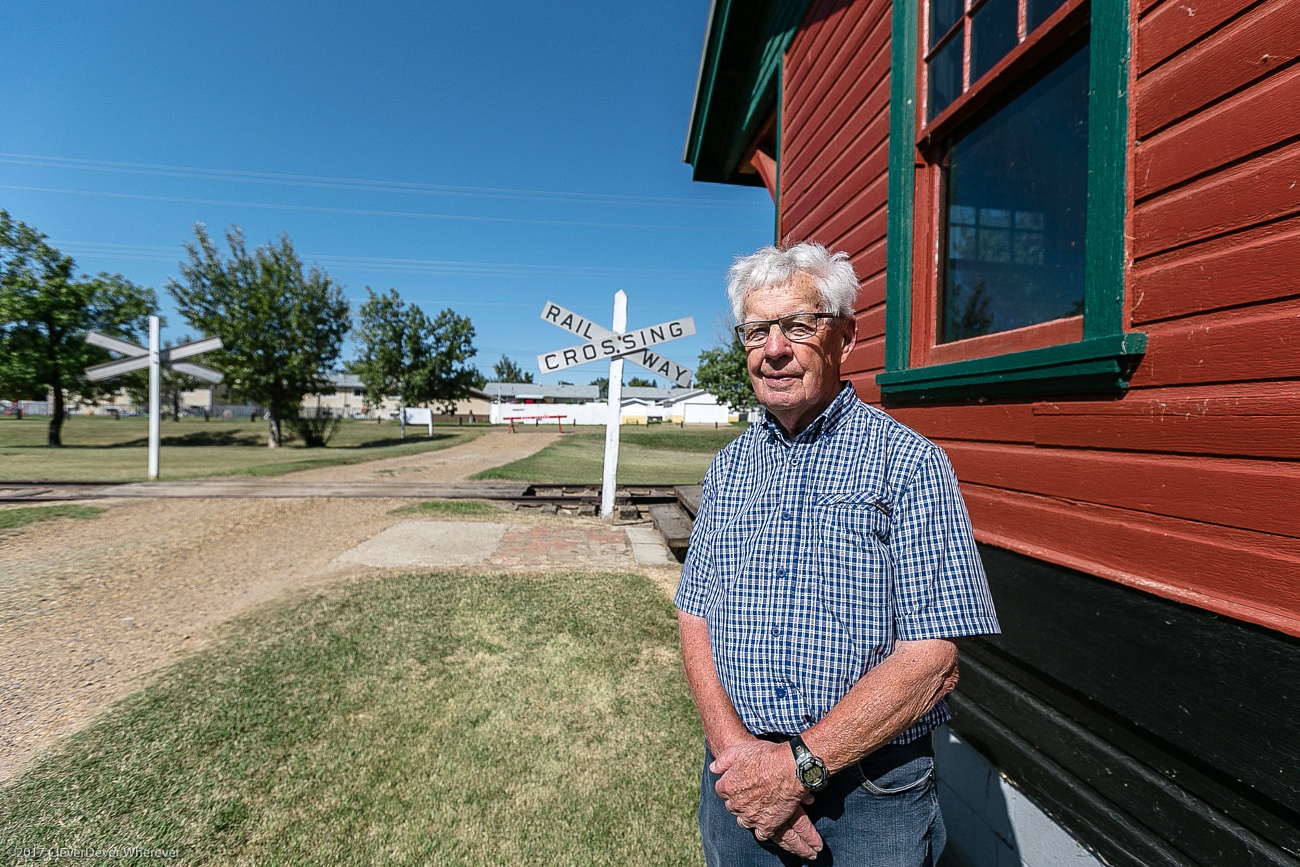
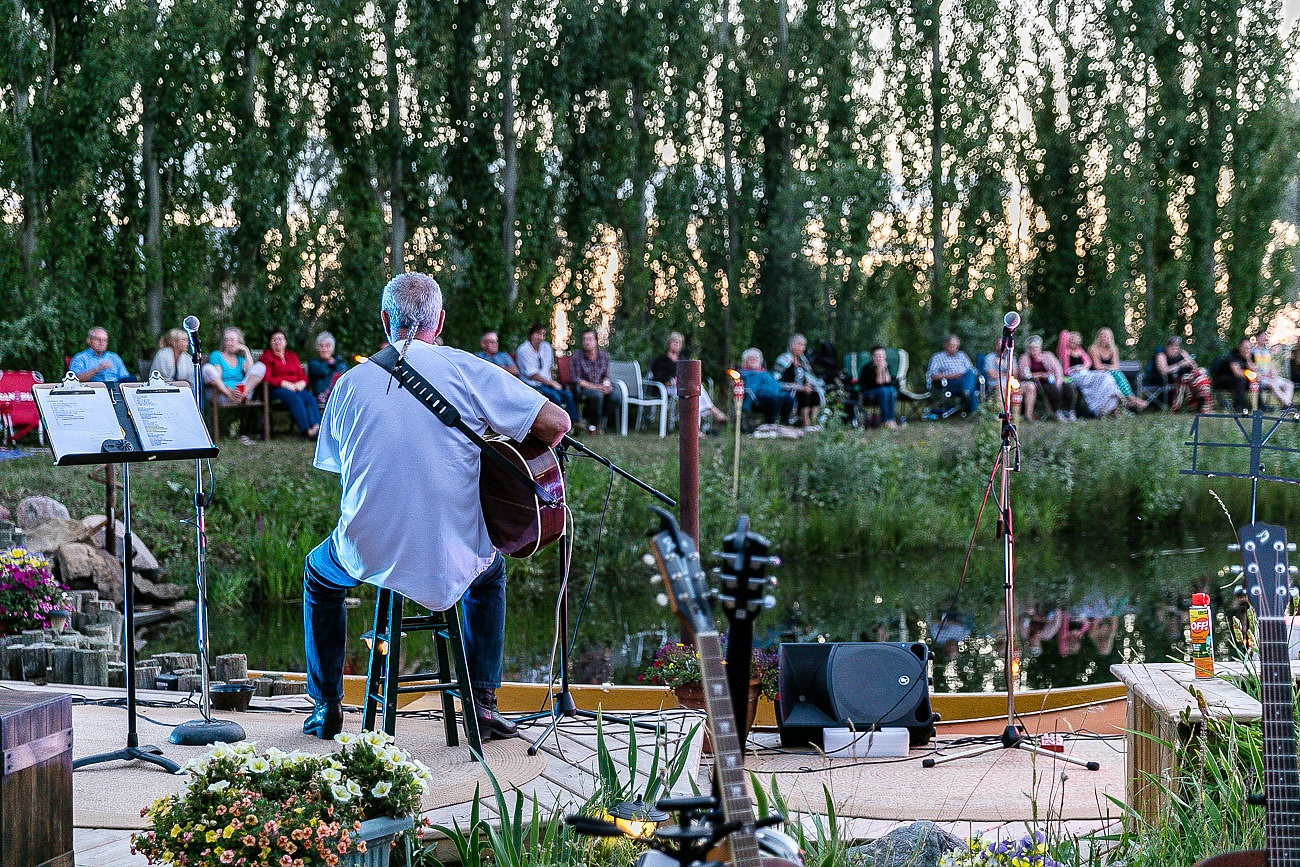
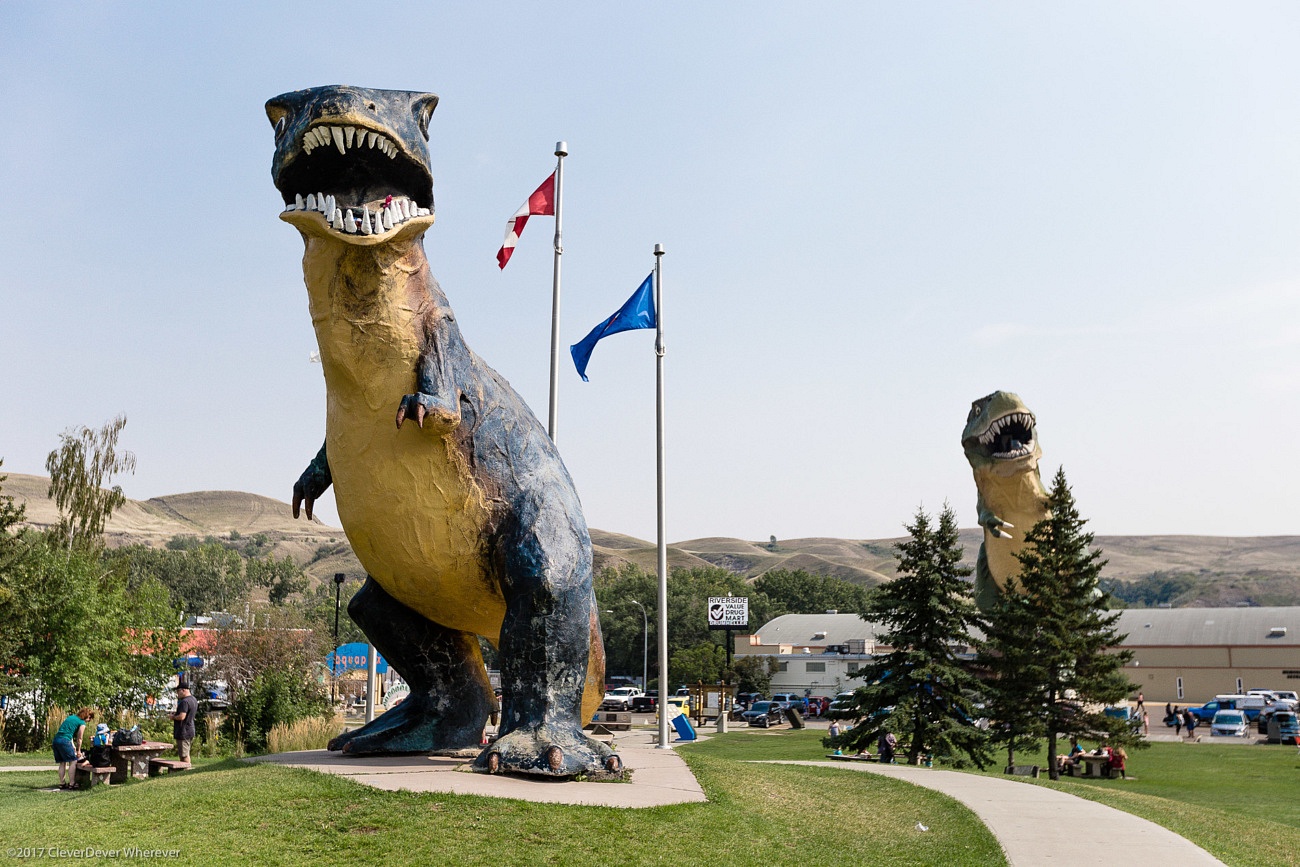
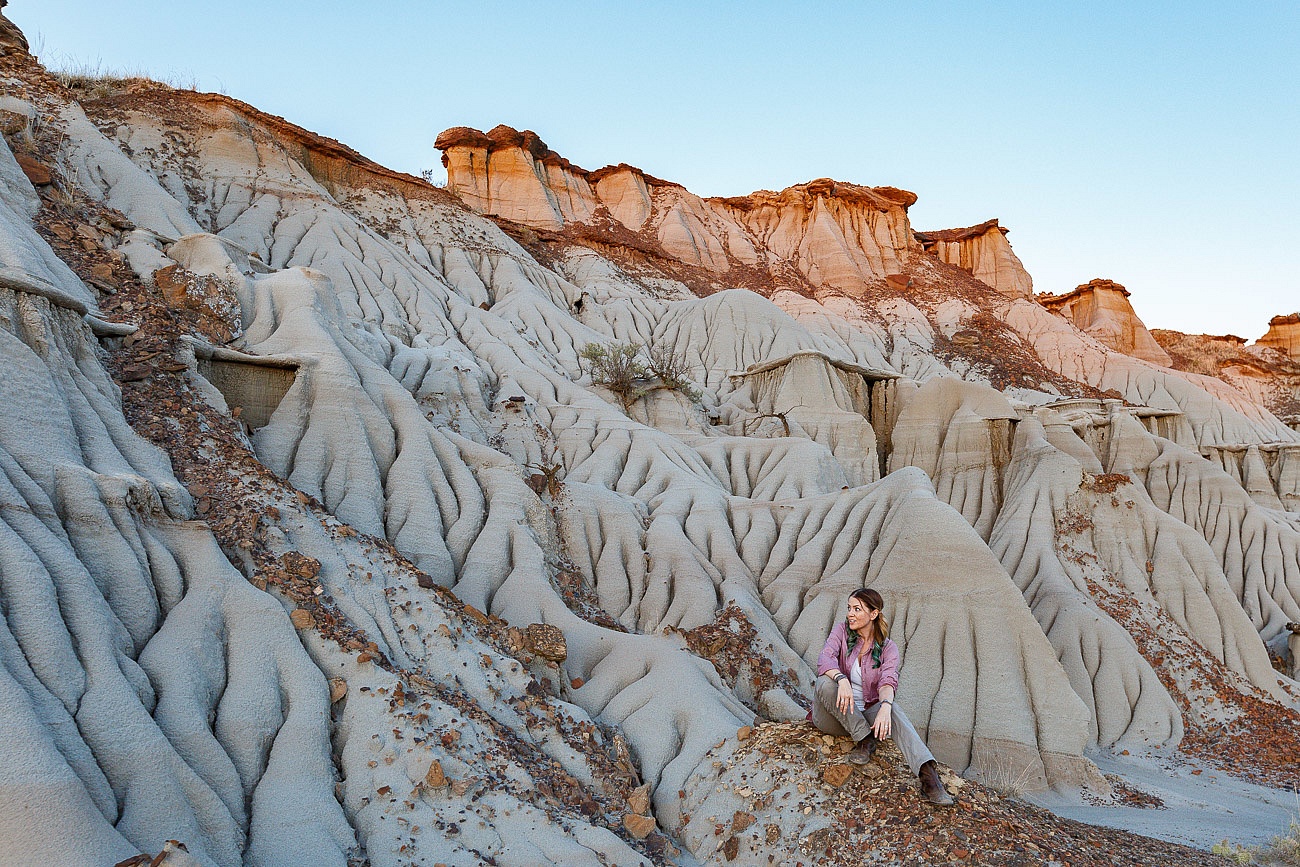
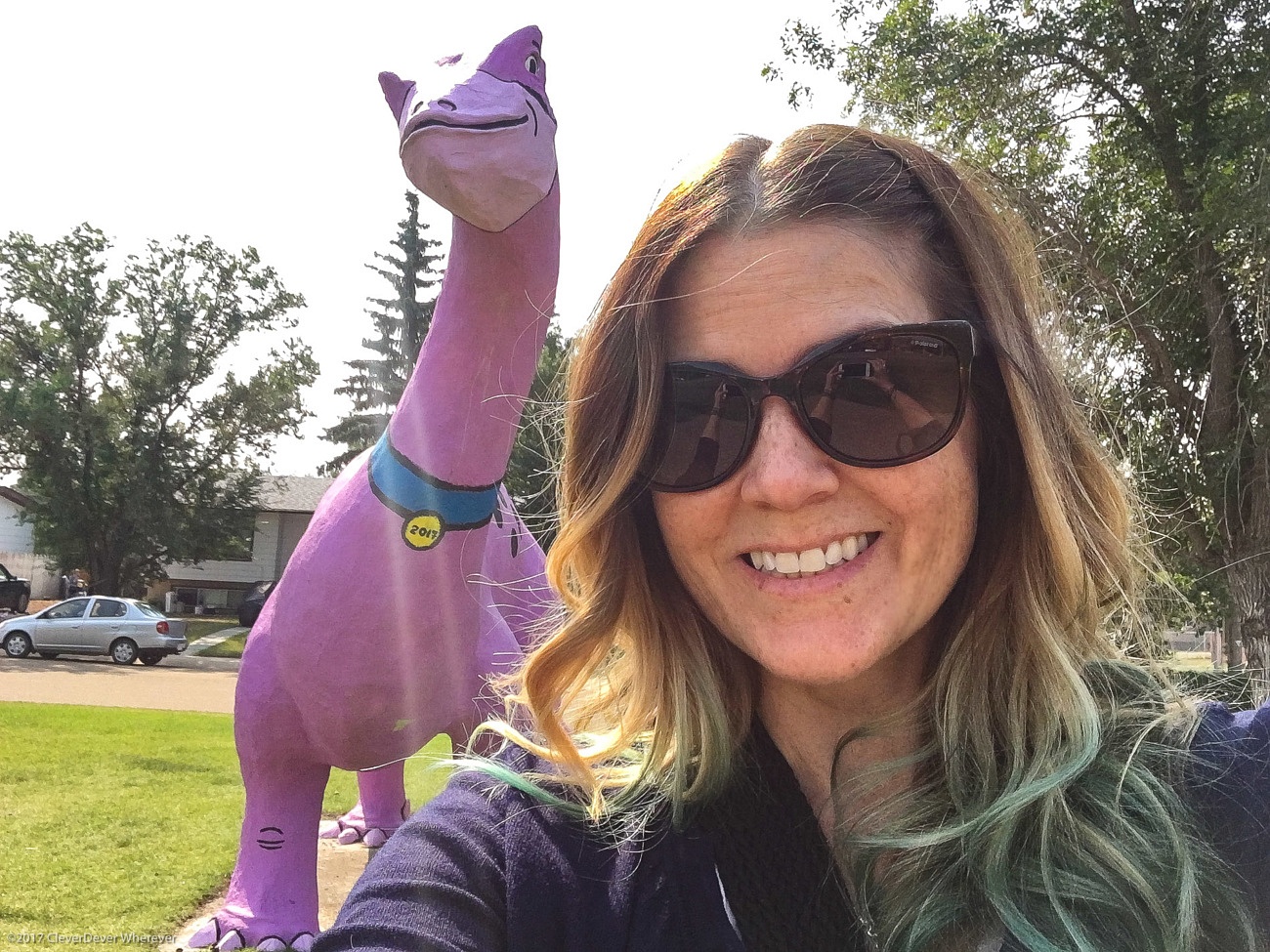

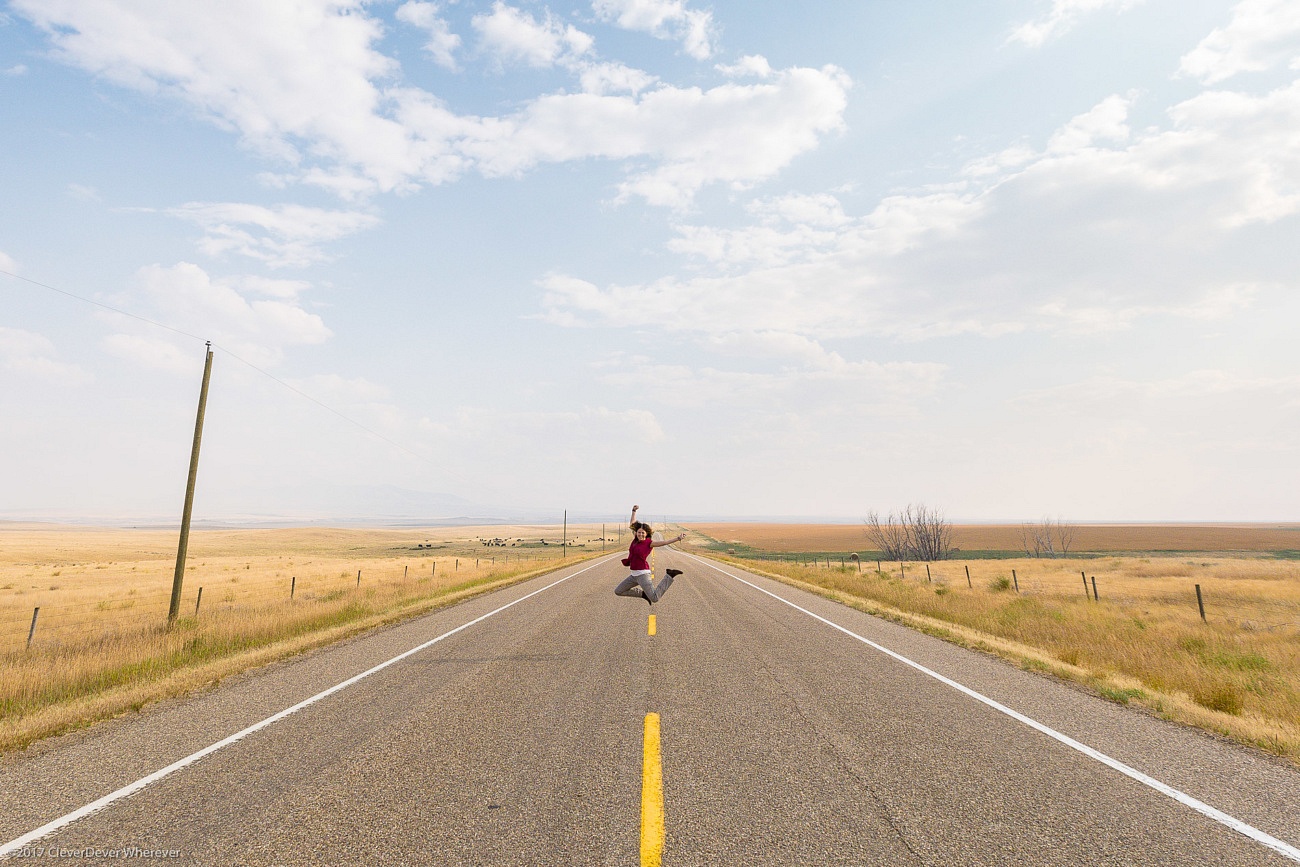

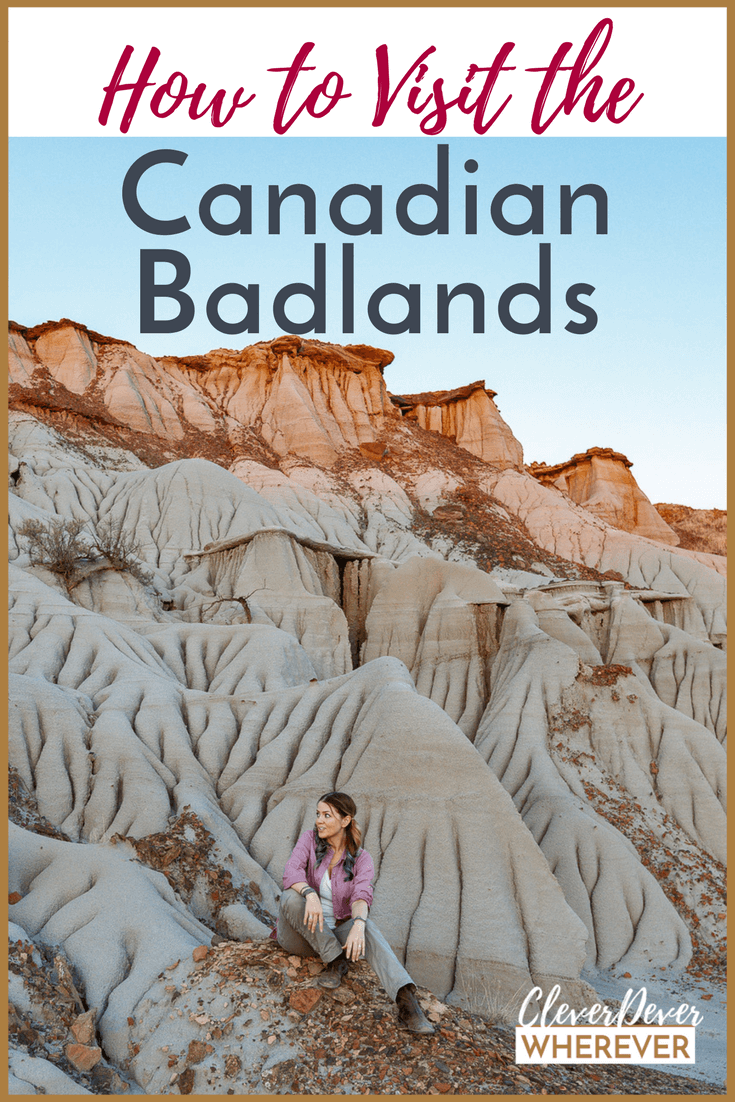
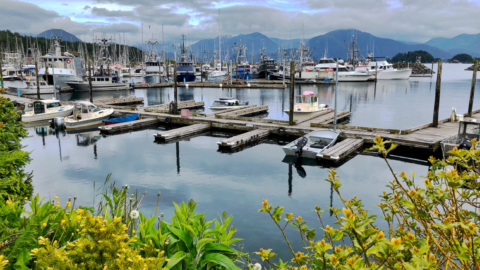
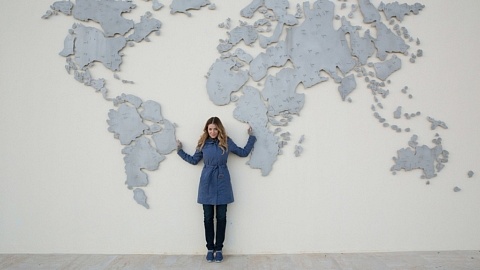
2 Comments